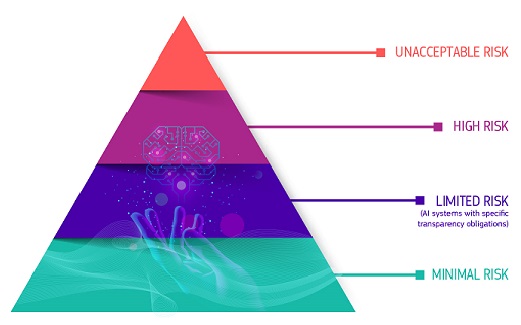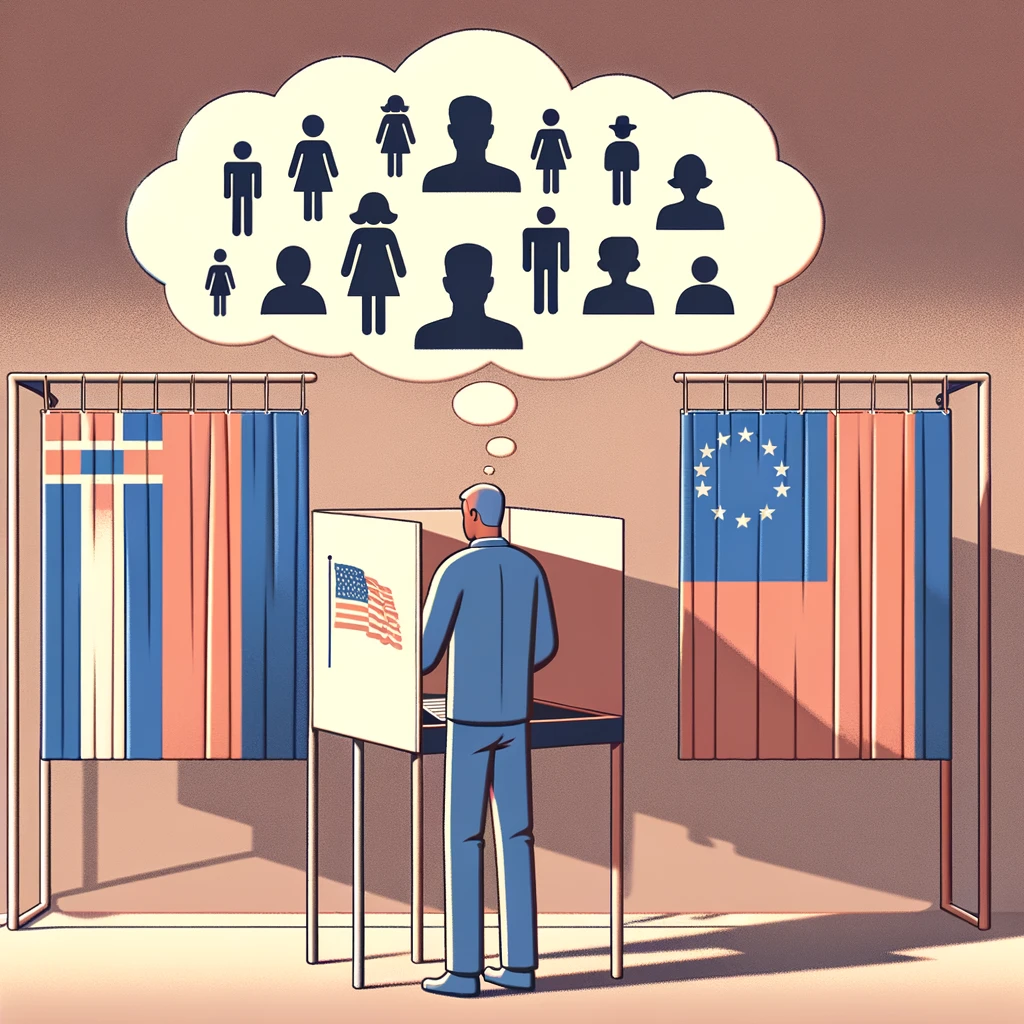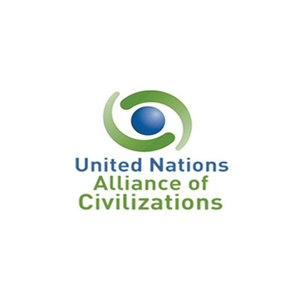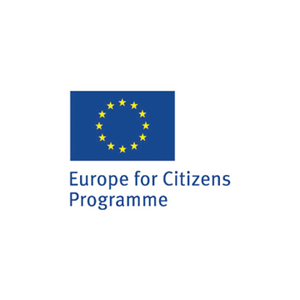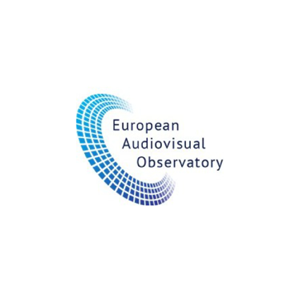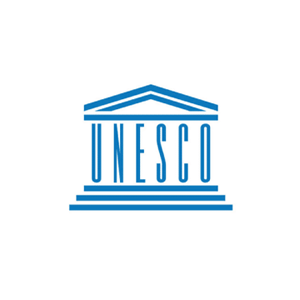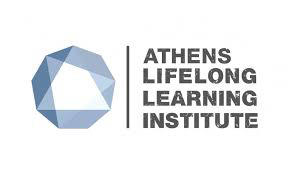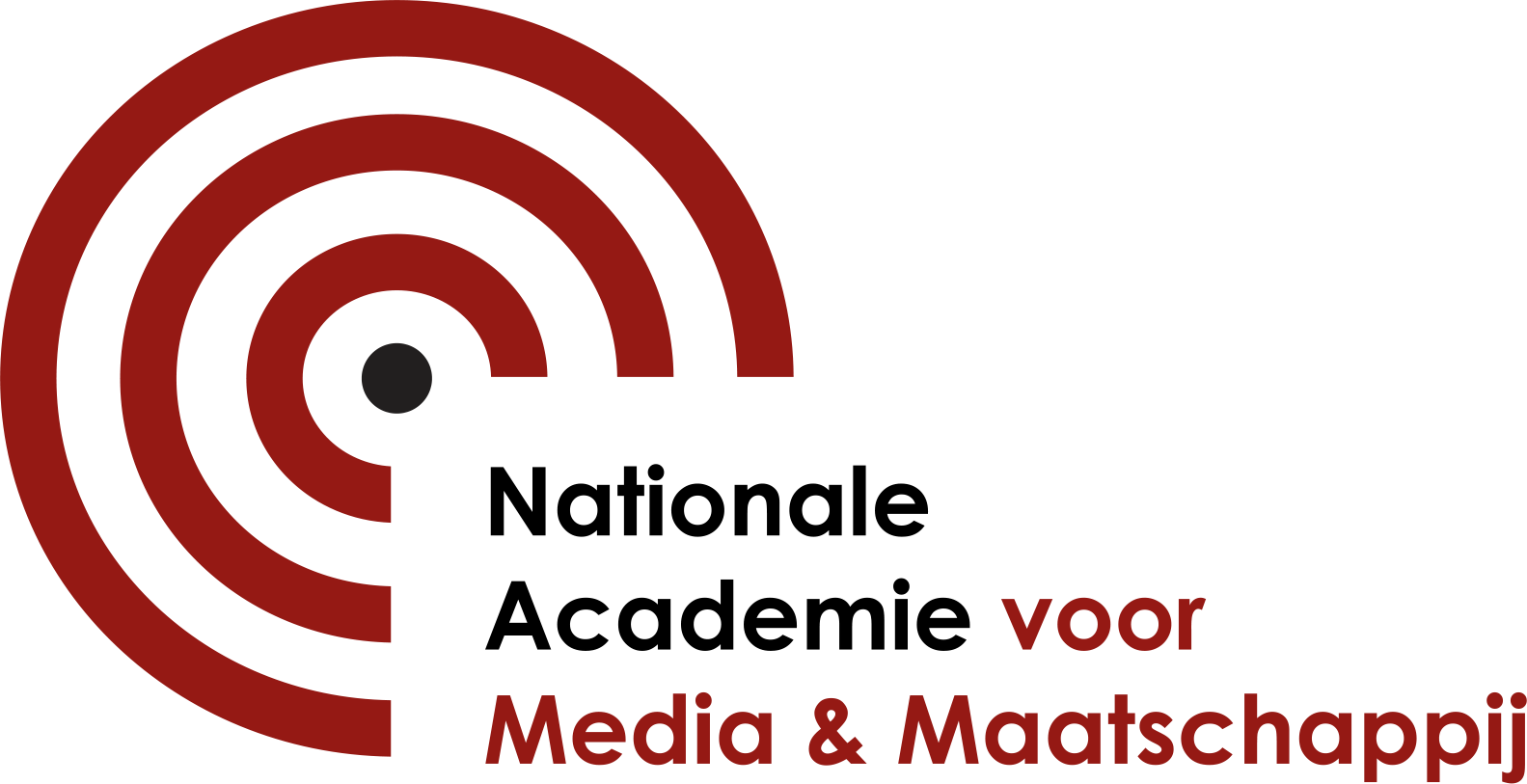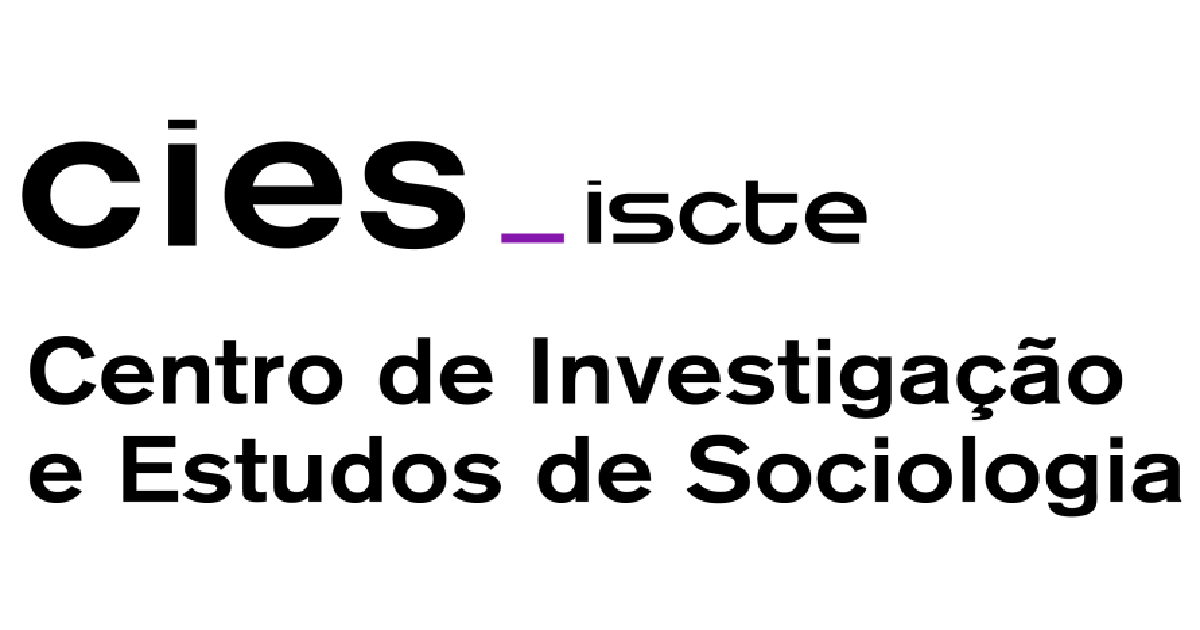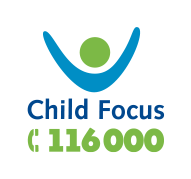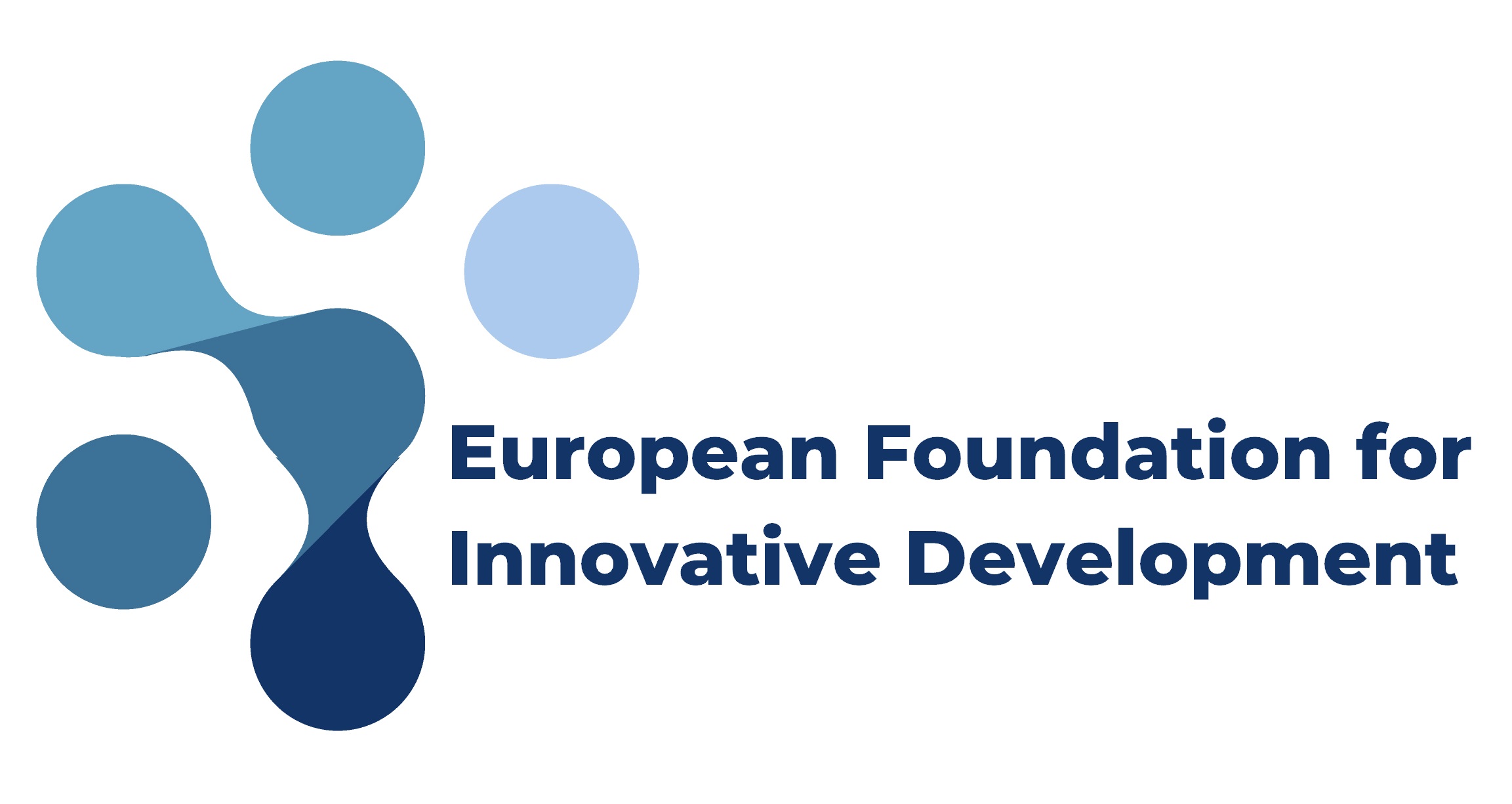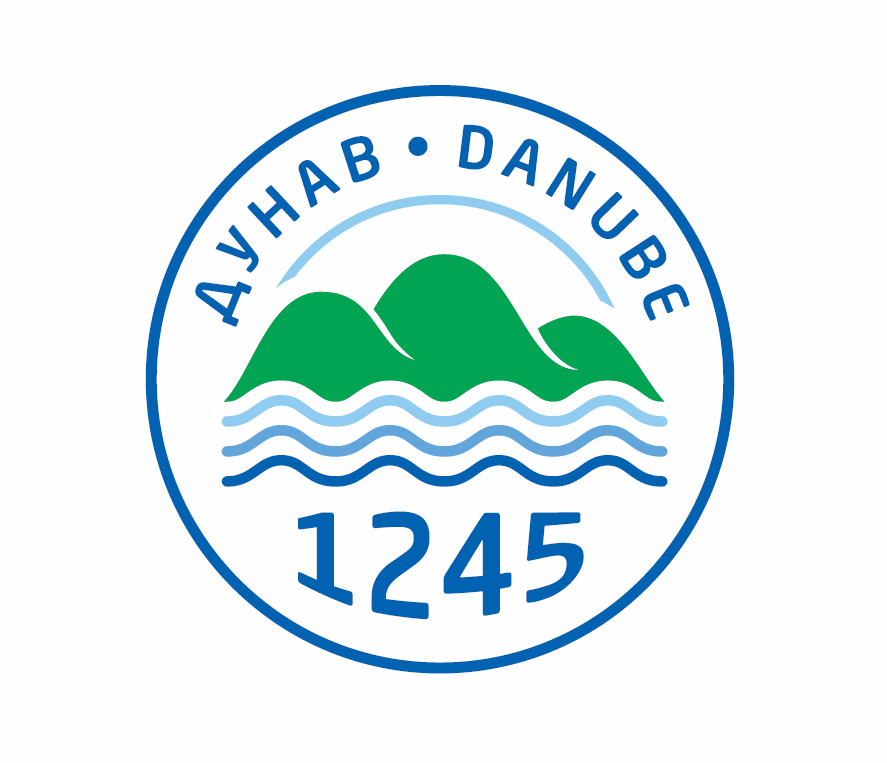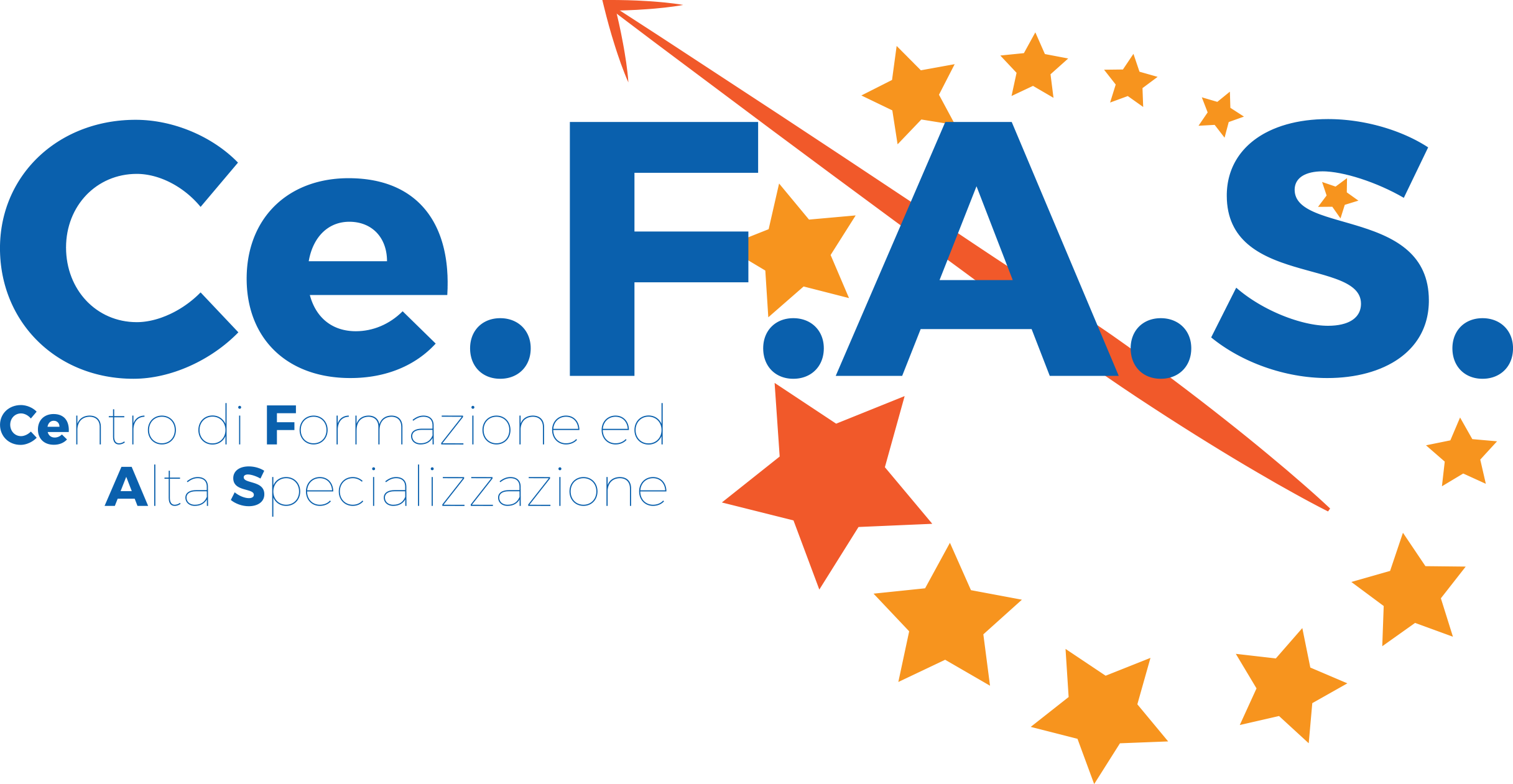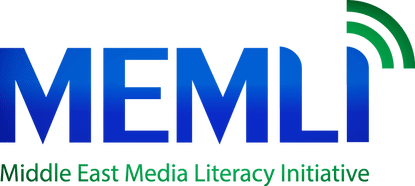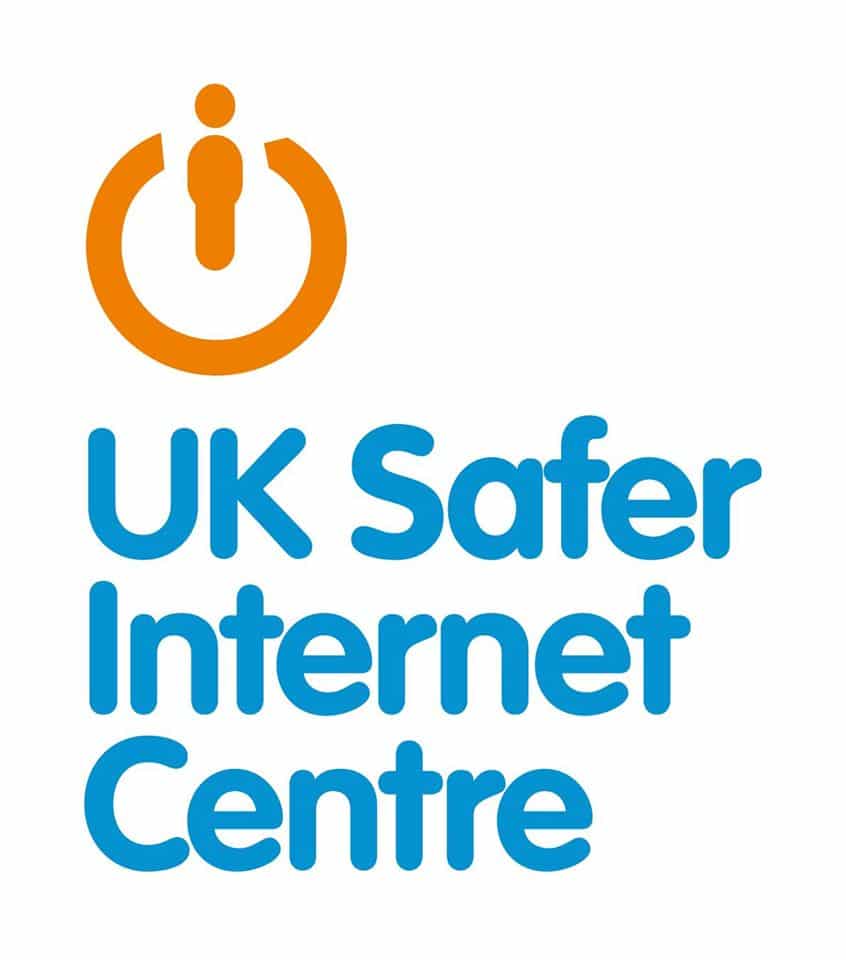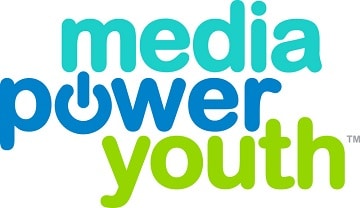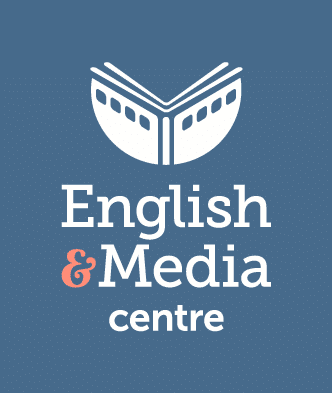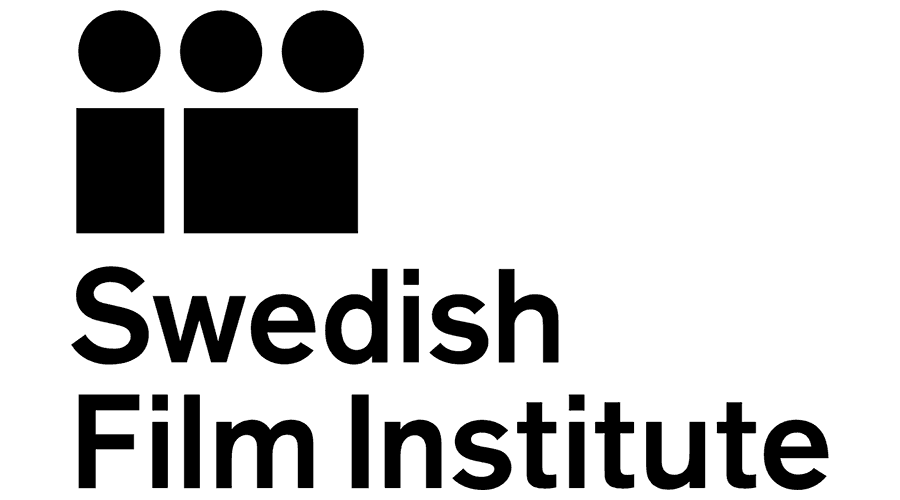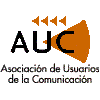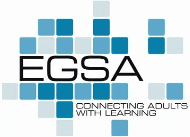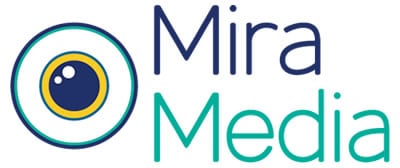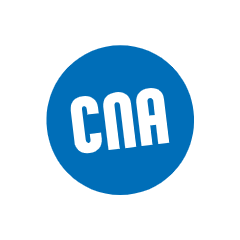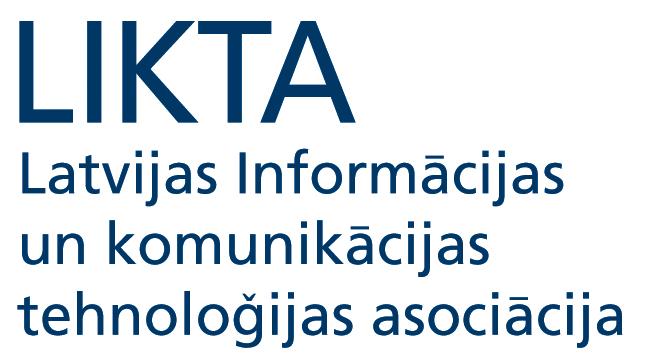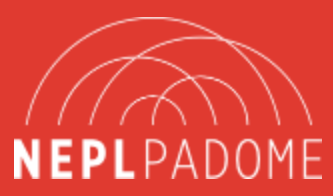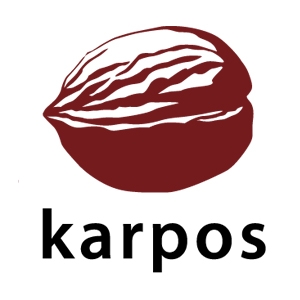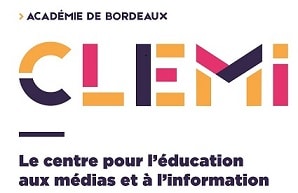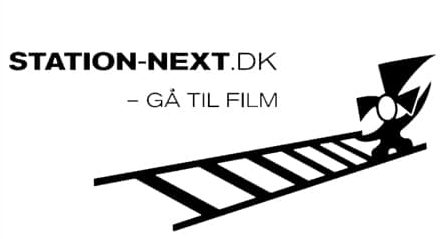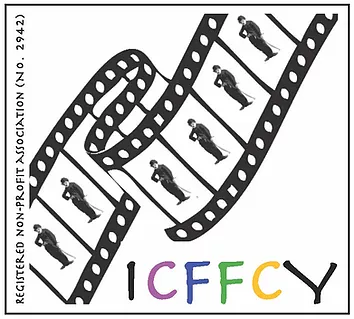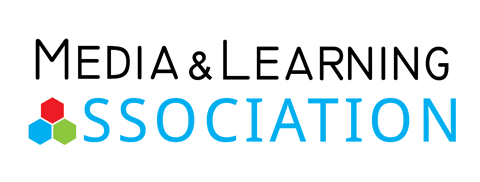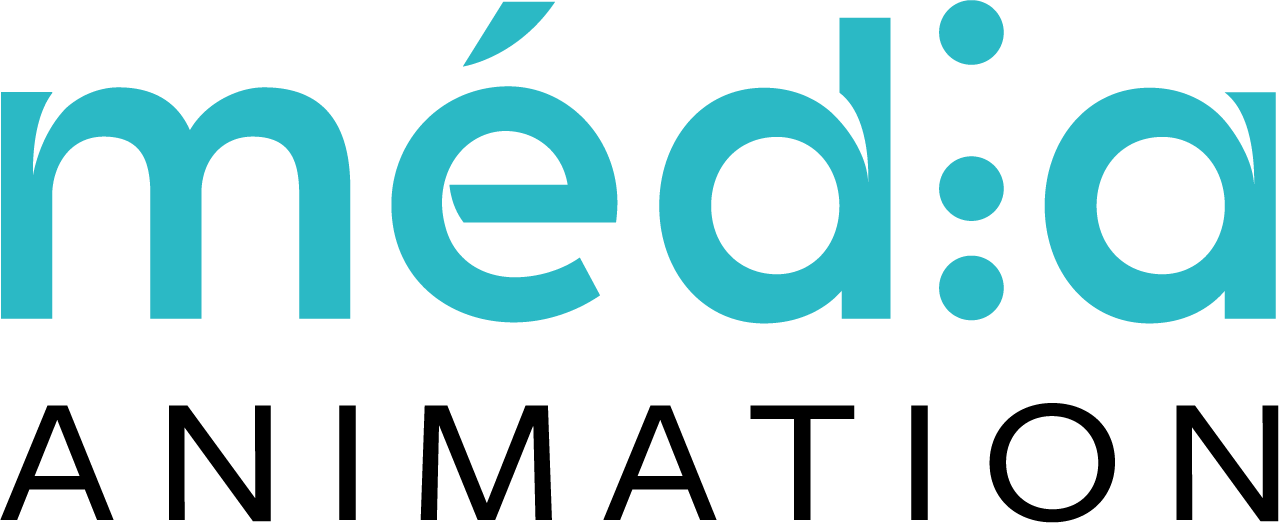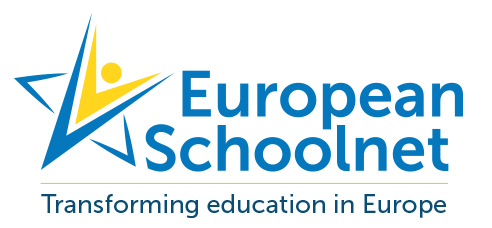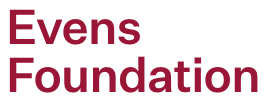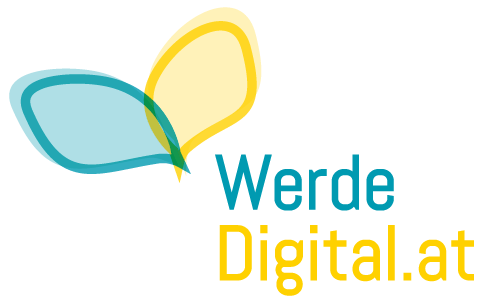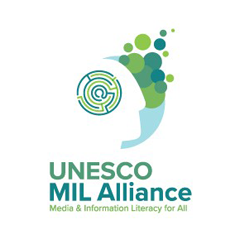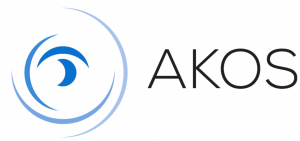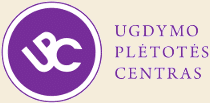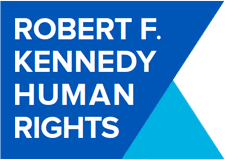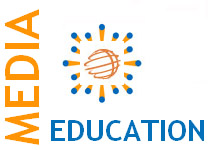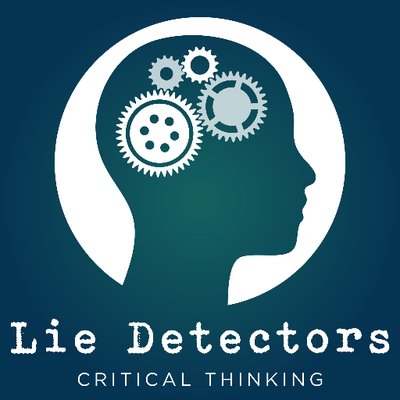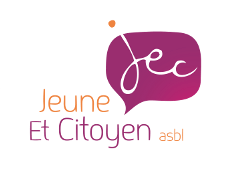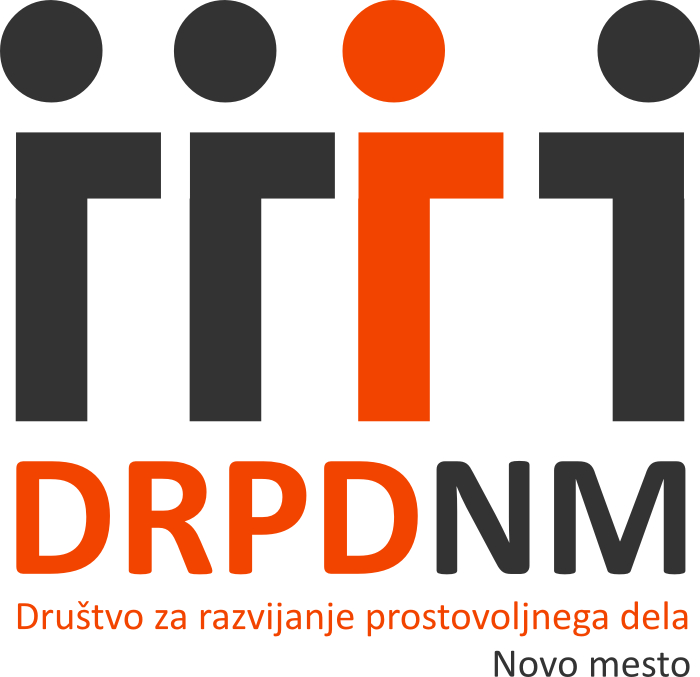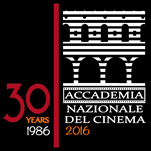War in Europe and the pandemia and the climate change are globally challenging the existing world order. The continued rise of populism and authoritarianism has witnessed an attack on basic democratic freedoms and led to a divided political and social world. The mentality of a New Cold War is spreading in the world. Democracy and freedom have become ideological issues and propaganda in the media. The EU imposed a ban on “Russia Today” accusing it of systematic disinformation. The sanction means EU operators have been prohibited from broadcasting, facilitating or otherwise contributing to the dissemination of any RT content.
Information and the media have always been central in building the world order. In the context of the Third Development Decade at the end of the 1970´s the Cold War was challenged by the Non-aligned countries movement demanding self-reliance. As documented in1976 in the Mexico seminar on the role of information in the new international order Juan Somavia analyzed the transnational power structure of international information: political-military-intelligence service dimension, economic-industrial-trade dimension, and communications-advertising-culture dimension.(1) A movement towards a new world information and communication order evolved.(2) Even though there are no strong promoters of Non-alignment and neutrality today some of the emerging world powers like India are coming more visible to the media and information space.
Believing in democratic life where truth, reason and learning are indispensable the European Association for Viewers Interests has introduced an approach to the media literacy movement to empower individuals to be critical, engaged citizens in today’s increasingly challenging media environment. The goal is to create an ability to translate information into knowledge and wisdom. By global humanism EAVI believes that national frontiers are an obstacle when it comes to the existential issues facing humanity today, such as climate change, peace, pandemia, economic prosperity and human rights. Citizens must learn to use technologies effectively to contribute to global peace and the emerging ecological civilization.
The civilizational human challenge for media and information literacy deals with values, ethics, and norms. Today the foreign influence by the technologically great powers and civilizations are promoted by cyber strategy where the nature of Internet is a key factor. Therefore the communication research community is expected to promote debate on the sociocultural challenges associated with the technological advancements in artificial intelligence and other evolving digital technologies, and media and information literacy education’s response to enhance the public understanding in the field and to stimulate a creative search of new MIL-solutions.
Modern communication researchers discuss the role of ”stories” and ”story telling” in the new media and who dominates these activities. It is not very different from the traditional Lasswel´s model of communication “who says what in what channel and with what effect” (1948).(3) Today communication is no more linear and social media is more like flock behavior which is difficult to predict with the old models. There is a need to look at the cultural frameworks and values of the communication flows. As Pippa Norris observes the most popular view of the past half century remains cultural convergence around Western values, or the ´homogenization´ scenario (Cosmopolitan communications: cultural diversity in a globalized world. Cambridge University Press 2009).(4)
Our own UNESCO research has shown in 1973 the world domination of mainly American and to a lesser extent some European television programmes. Our follow-up study in 1984 did not show any dramatic change in the general structure.(4) After the Cold War in the 1990´s the United States strengthened its dominations in the media field through the monopolies in technology. Scott Galloway described in his book “The Four – the hidden DNA of Amazon, Apple, Facebook, and Google” as the most influential companies in the world.(5)
The media research community reactions to the new thinking in the 1970´s are instructive. Jeremy Tunstall, for example, used much our study to write a book “The Media are American” in 1977, although later in 2008 he wrote a new book “The Media were American.” (6) In the 1977 book Jeremy Tunstall argued that while much of the mass media originated in Europe and elsewhere, the United States dominated global media because nearly every mass medium became industrialized within the United States. With this provocative follow-up, Tunstall chronicles the massive changes that have taken place in the media over the past forty years–changes that have significantly altered the “balance of power” within the global media landscape. The Media Were American 2008 demonstrates that both the United States and its mass media have lost their previous moral leadership. Tunstall looks closely at China and India and also at the rise of the mass media in the Muslim world.
Another British scholar Oliver Boyd-Barrett revisits in his book on “Media Imperialism” (2014) this classic concept and argues how structures of power and control continue to regulate our access to and consumption of the media. (7)
We know that international communication research has shown that some Asian television and film productions may become also internationally recognized and circulated. The Japanese NHK tv-drama “Oshin”, for example, served as a symbolic figure for perseverance, showing that a person should never give up – even in the most trying times. It also reflected the role-model for women.
Now in 2019 the Chinese “The Wandering Earth” is bringing different value perspectives to the world media. This science fiction film was released on February 5, 2019 (the 2019 Chinese New Year’s Day. It has been described as “China’s first full-scale interstellar spectacular”:
“In the near future, the Sun ages and is about to turn into a red giant, pushing the United Earth Government to consolidate into a world government and initiate a project to move Earth out of the Solar System, and travel to the Alpha Centauri system, to preserve human civilization”
As to the world news it remains to be seen how much Asian affairs receive attention in the world media. Al Jazeera recently showed that Google searches for Notre Dame fire outnumbered Sri Lanka attacks by 7:1.
An Indian American professor K.S. Sitaram, who was a pioneer in intercultural communication, wrote in 1998 of behaviour and values that the Eastern approach to intellectual search is more in the spirit of the genius or the poet. Furthermore the Eastener´s thought process is non-linear or circular and the Westerner´s is linear. We need to analyse divergence vs convergence in values when dealing with issues like freedom of expression, free flow of information, universal human responsibilities, and sustainable civilization. (8)
The new media world requires also resilience in media literacy where two cognitive systems co-exist: the fast, intuitive social media learning, and the slow, deeper awareness process. This might also be a difference between Western and Eastern approach to media literacy competences.
References:
(1) Development Dialogue 1976:2.
(2) Development Dialogue 1981:2
(3) Denis McQuail and Sven Windahl . Communication models for the study of mass communications (2nd ed.). New York: Longman, 1993,. pp. 13–15.
(4) Pippa Norris – Ronald Inglehart: Cosmopolitan communications: cultural diversity in a globalized world. Cambridge University Press 2009, p. 14-15
(5) Scott Galloway: The big Four: Amazon, Apple, Facebook, Google. Random House 2017.
(6) Jeremy Tunstall: The Media are American 1977; Jeremy Tunstall: The Media were American 1988
(7) Oliver Boyd-Barret: Media Imperialism, Sage 2014
(8) K.S. Sitaram: Introduction : Multicultural communication for higher humanity. In “Civic discourse: multiculturalism, cultural diversity, and global communication, Ablex 1998.
War in Europe and the pandemia and the climate change are globally challenging the existing world order. The continued rise of populism and authoritarianism has witnessed an attack on basic democratic freedoms and led to a divided political and social world. The mentality of a New Cold War is spreading in the world. Democracy and freedom have become ideological issues and propaganda in the media. The EU imposed a ban on “Russia Today” accusing it of systematic disinformation. The sanction means EU operators have been prohibited from broadcasting, facilitating or otherwise contributing to the dissemination of any RT content.
Information and the media have always been central in building the world order. In the context of the Third Development Decade at the end of the 1970´s the Cold War was challenged by the Non-aligned countries movement demanding self-reliance. As documented in1976 in the Mexico seminar on the role of information in the new international order Juan Somavia analyzed the transnational power structure of international information: political-military-intelligence service dimension, economic-industrial-trade dimension, and communications-advertising-culture dimension.(1) A movement towards a new world information and communication order evolved.(2) Even though there are no strong promoters of Non-alignment and neutrality today some of the emerging world powers like India are coming more visible to the media and information space.
Believing in democratic life where truth, reason and learning are indispensable the European Association for Viewers Interests has introduced an approach to the media literacy movement to empower individuals to be critical, engaged citizens in today’s increasingly challenging media environment. The goal is to create an ability to translate information into knowledge and wisdom. By global humanism EAVI believes that national frontiers are an obstacle when it comes to the existential issues facing humanity today, such as climate change, peace, pandemia, economic prosperity and human rights. Citizens must learn to use technologies effectively to contribute to global peace and the emerging ecological civilization.
The civilizational human challenge for media and information literacy deals with values, ethics, and norms. Today the foreign influence by the technologically great powers and civilizations are promoted by cyber strategy where the nature of Internet is a key factor. Therefore the communication research community is expected to promote debate on the sociocultural challenges associated with the technological advancements in artificial intelligence and other evolving digital technologies, and media and information literacy education’s response to enhance the public understanding in the field and to stimulate a creative search of new MIL-solutions.
Modern communication researchers discuss the role of ”stories” and ”story telling” in the new media and who dominates these activities. It is not very different from the traditional Lasswel´s model of communication “who says what in what channel and with what effect” (1948).(3) Today communication is no more linear and social media is more like flock behavior which is difficult to predict with the old models. There is a need to look at the cultural frameworks and values of the communication flows. As Pippa Norris observes the most popular view of the past half century remains cultural convergence around Western values, or the ´homogenization´ scenario (Cosmopolitan communications: cultural diversity in a globalized world. Cambridge University Press 2009).(4)
Our own UNESCO research has shown in 1973 the world domination of mainly American and to a lesser extent some European television programmes. Our follow-up study in 1984 did not show any dramatic change in the general structure.(4) After the Cold War in the 1990´s the United States strengthened its dominations in the media field through the monopolies in technology. Scott Galloway described in his book “The Four – the hidden DNA of Amazon, Apple, Facebook, and Google” as the most influential companies in the world.(5)
The media research community reactions to the new thinking in the 1970´s are instructive. Jeremy Tunstall, for example, used much our study to write a book “The Media are American” in 1977, although later in 2008 he wrote a new book “The Media were American.” (6) In the 1977 book Jeremy Tunstall argued that while much of the mass media originated in Europe and elsewhere, the United States dominated global media because nearly every mass medium became industrialized within the United States. With this provocative follow-up, Tunstall chronicles the massive changes that have taken place in the media over the past forty years–changes that have significantly altered the “balance of power” within the global media landscape. The Media Were American 2008 demonstrates that both the United States and its mass media have lost their previous moral leadership. Tunstall looks closely at China and India and also at the rise of the mass media in the Muslim world.
Another British scholar Oliver Boyd-Barrett revisits in his book on “Media Imperialism” (2014) this classic concept and argues how structures of power and control continue to regulate our access to and consumption of the media. (7)
We know that international communication research has shown that some Asian television and film productions may become also internationally recognized and circulated. The Japanese NHK tv-drama “Oshin”, for example, served as a symbolic figure for perseverance, showing that a person should never give up – even in the most trying times. It also reflected the role-model for women.
Now in 2019 the Chinese “The Wandering Earth” is bringing different value perspectives to the world media. This science fiction film was released on February 5, 2019 (the 2019 Chinese New Year’s Day. It has been described as “China’s first full-scale interstellar spectacular”:
“In the near future, the Sun ages and is about to turn into a red giant, pushing the United Earth Government to consolidate into a world government and initiate a project to move Earth out of the Solar System, and travel to the Alpha Centauri system, to preserve human civilization”
As to the world news it remains to be seen how much Asian affairs receive attention in the world media. Al Jazeera recently showed that Google searches for Notre Dame fire outnumbered Sri Lanka attacks by 7:1.
An Indian American professor K.S. Sitaram, who was a pioneer in intercultural communication, wrote in 1998 of behaviour and values that the Eastern approach to intellectual search is more in the spirit of the genius or the poet. Furthermore the Eastener´s thought process is non-linear or circular and the Westerner´s is linear. We need to analyse divergence vs convergence in values when dealing with issues like freedom of expression, free flow of information, universal human responsibilities, and sustainable civilization. (8)
The new media world requires also resilience in media literacy where two cognitive systems co-exist: the fast, intuitive social media learning, and the slow, deeper awareness process. This might also be a difference between Western and Eastern approach to media literacy competences.
References:
(1) Development Dialogue 1976:2.
(2) Development Dialogue 1981:2
(3) Denis McQuail and Sven Windahl . Communication models for the study of mass communications (2nd ed.). New York: Longman, 1993,. pp. 13–15.
(4) Pippa Norris – Ronald Inglehart: Cosmopolitan communications: cultural diversity in a globalized world. Cambridge University Press 2009, p. 14-15
(5) Scott Galloway: The big Four: Amazon, Apple, Facebook, Google. Random House 2017.
(6) Jeremy Tunstall: The Media are American 1977; Jeremy Tunstall: The Media were American 1988
(7) Oliver Boyd-Barret: Media Imperialism, Sage 2014
(8) K.S. Sitaram: Introduction : Multicultural communication for higher humanity. In “Civic discourse: multiculturalism, cultural diversity, and global communication, Ablex 1998.
War in Europe and the pandemia and the climate change are globally challenging the existing world order. The continued rise of populism and authoritarianism has witnessed an attack on basic democratic freedoms and led to a divided political and social world. The mentality of a New Cold War is spreading in the world. Democracy and freedom have become ideological issues and propaganda in the media. The EU imposed a ban on “Russia Today” accusing it of systematic disinformation. The sanction means EU operators have been prohibited from broadcasting, facilitating or otherwise contributing to the dissemination of any RT content.
Information and the media have always been central in building the world order. In the context of the Third Development Decade at the end of the 1970´s the Cold War was challenged by the Non-aligned countries movement demanding self-reliance. As documented in1976 in the Mexico seminar on the role of information in the new international order Juan Somavia analyzed the transnational power structure of international information: political-military-intelligence service dimension, economic-industrial-trade dimension, and communications-advertising-culture dimension.(1) A movement towards a new world information and communication order evolved.(2) Even though there are no strong promoters of Non-alignment and neutrality today some of the emerging world powers like India are coming more visible to the media and information space.
Believing in democratic life where truth, reason and learning are indispensable the European Association for Viewers Interests has introduced an approach to the media literacy movement to empower individuals to be critical, engaged citizens in today’s increasingly challenging media environment. The goal is to create an ability to translate information into knowledge and wisdom. By global humanism EAVI believes that national frontiers are an obstacle when it comes to the existential issues facing humanity today, such as climate change, peace, pandemia, economic prosperity and human rights. Citizens must learn to use technologies effectively to contribute to global peace and the emerging ecological civilization.
The civilizational human challenge for media and information literacy deals with values, ethics, and norms. Today the foreign influence by the technologically great powers and civilizations are promoted by cyber strategy where the nature of Internet is a key factor. Therefore the communication research community is expected to promote debate on the sociocultural challenges associated with the technological advancements in artificial intelligence and other evolving digital technologies, and media and information literacy education’s response to enhance the public understanding in the field and to stimulate a creative search of new MIL-solutions.
Modern communication researchers discuss the role of ”stories” and ”story telling” in the new media and who dominates these activities. It is not very different from the traditional Lasswel´s model of communication “who says what in what channel and with what effect” (1948).(3) Today communication is no more linear and social media is more like flock behavior which is difficult to predict with the old models. There is a need to look at the cultural frameworks and values of the communication flows. As Pippa Norris observes the most popular view of the past half century remains cultural convergence around Western values, or the ´homogenization´ scenario (Cosmopolitan communications: cultural diversity in a globalized world. Cambridge University Press 2009).(4)
Our own UNESCO research has shown in 1973 the world domination of mainly American and to a lesser extent some European television programmes. Our follow-up study in 1984 did not show any dramatic change in the general structure.(4) After the Cold War in the 1990´s the United States strengthened its dominations in the media field through the monopolies in technology. Scott Galloway described in his book “The Four – the hidden DNA of Amazon, Apple, Facebook, and Google” as the most influential companies in the world.(5)
The media research community reactions to the new thinking in the 1970´s are instructive. Jeremy Tunstall, for example, used much our study to write a book “The Media are American” in 1977, although later in 2008 he wrote a new book “The Media were American.” (6) In the 1977 book Jeremy Tunstall argued that while much of the mass media originated in Europe and elsewhere, the United States dominated global media because nearly every mass medium became industrialized within the United States. With this provocative follow-up, Tunstall chronicles the massive changes that have taken place in the media over the past forty years–changes that have significantly altered the “balance of power” within the global media landscape. The Media Were American 2008 demonstrates that both the United States and its mass media have lost their previous moral leadership. Tunstall looks closely at China and India and also at the rise of the mass media in the Muslim world.
Another British scholar Oliver Boyd-Barrett revisits in his book on “Media Imperialism” (2014) this classic concept and argues how structures of power and control continue to regulate our access to and consumption of the media. (7)
We know that international communication research has shown that some Asian television and film productions may become also internationally recognized and circulated. The Japanese NHK tv-drama “Oshin”, for example, served as a symbolic figure for perseverance, showing that a person should never give up – even in the most trying times. It also reflected the role-model for women.
Now in 2019 the Chinese “The Wandering Earth” is bringing different value perspectives to the world media. This science fiction film was released on February 5, 2019 (the 2019 Chinese New Year’s Day. It has been described as “China’s first full-scale interstellar spectacular”:
“In the near future, the Sun ages and is about to turn into a red giant, pushing the United Earth Government to consolidate into a world government and initiate a project to move Earth out of the Solar System, and travel to the Alpha Centauri system, to preserve human civilization”
As to the world news it remains to be seen how much Asian affairs receive attention in the world media. Al Jazeera recently showed that Google searches for Notre Dame fire outnumbered Sri Lanka attacks by 7:1.
An Indian American professor K.S. Sitaram, who was a pioneer in intercultural communication, wrote in 1998 of behaviour and values that the Eastern approach to intellectual search is more in the spirit of the genius or the poet. Furthermore the Eastener´s thought process is non-linear or circular and the Westerner´s is linear. We need to analyse divergence vs convergence in values when dealing with issues like freedom of expression, free flow of information, universal human responsibilities, and sustainable civilization. (8)
The new media world requires also resilience in media literacy where two cognitive systems co-exist: the fast, intuitive social media learning, and the slow, deeper awareness process. This might also be a difference between Western and Eastern approach to media literacy competences.
References:
(1) Development Dialogue 1976:2.
(2) Development Dialogue 1981:2
(3) Denis McQuail and Sven Windahl . Communication models for the study of mass communications (2nd ed.). New York: Longman, 1993,. pp. 13–15.
(4) Pippa Norris – Ronald Inglehart: Cosmopolitan communications: cultural diversity in a globalized world. Cambridge University Press 2009, p. 14-15
(5) Scott Galloway: The big Four: Amazon, Apple, Facebook, Google. Random House 2017.
(6) Jeremy Tunstall: The Media are American 1977; Jeremy Tunstall: The Media were American 1988
(7) Oliver Boyd-Barret: Media Imperialism, Sage 2014
(8) K.S. Sitaram: Introduction : Multicultural communication for higher humanity. In “Civic discourse: multiculturalism, cultural diversity, and global communication, Ablex 1998.

